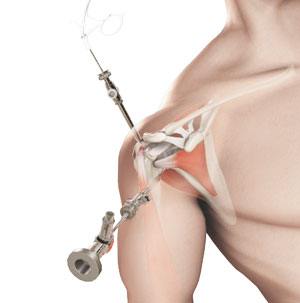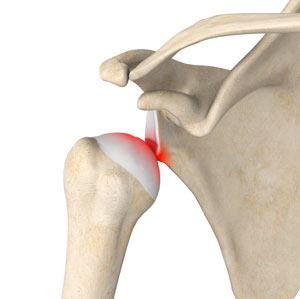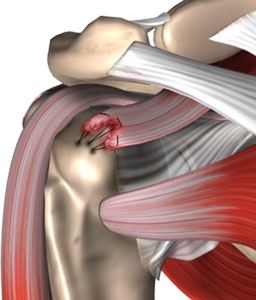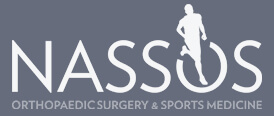- Shoulder Arthroscopy
-

- Arthroscopy is a minimally invasive diagnostic and surgical procedure performed for joint problems. Shoulder arthroscopy is performed using a pencil-sized instrument called an arthroscope. The arthroscope consists of a light system and camera that projects images of the surgical site onto a computer screen for your doctor to clearly view.
-
- Shoulder Stabilization
-

- Shoulder stabilization surgery is performed to improve stability and function to the shoulder joint and prevent recurrent dislocations. It can be performed arthroscopically, depending on your particular condition, with much smaller incisions. Arthroscopic stabilization is a surgical procedure to treat chronic instability of the shoulder joint.
-
- Shoulder Surgery
-

- Shoulder surgery is a surgical procedure for the treatment of a shoulder injury or shoulder condition. The procedure involves repairing a diseased, damaged, or degenerated shoulder joint in order to eliminate pain and restore normal shoulder function.
-
- Rotator Cuff Repair
-

- The rotator cuff is a group of 4 muscles in the shoulder joint including the supraspinatus, infraspinatus, teres minor, and subscapularis. These muscles originate in the scapula and attach to the head of the humerus through tendons.
-
- Complex Shoulder Reconstruction
-

- Shoulder reconstruction is a surgical procedure performed in patients to alleviate shoulder instability, restoring its function and serving to prevent recurrent shoulder dislocations. Shoulder reconstruction surgery involves repair of torn or stretched ligaments so that they are better able to hold the shoulder joint in place.
-
- Non-surgical Shoulder Treatments
-

- Rest plays an important role in restoring shoulder health and shouldn’t be taken lightly. Usually, a sling is worn to keep the arm immobile and stable. You should try to avoid using the injured arm as straining the injured shoulder may lead to future complications.
-

